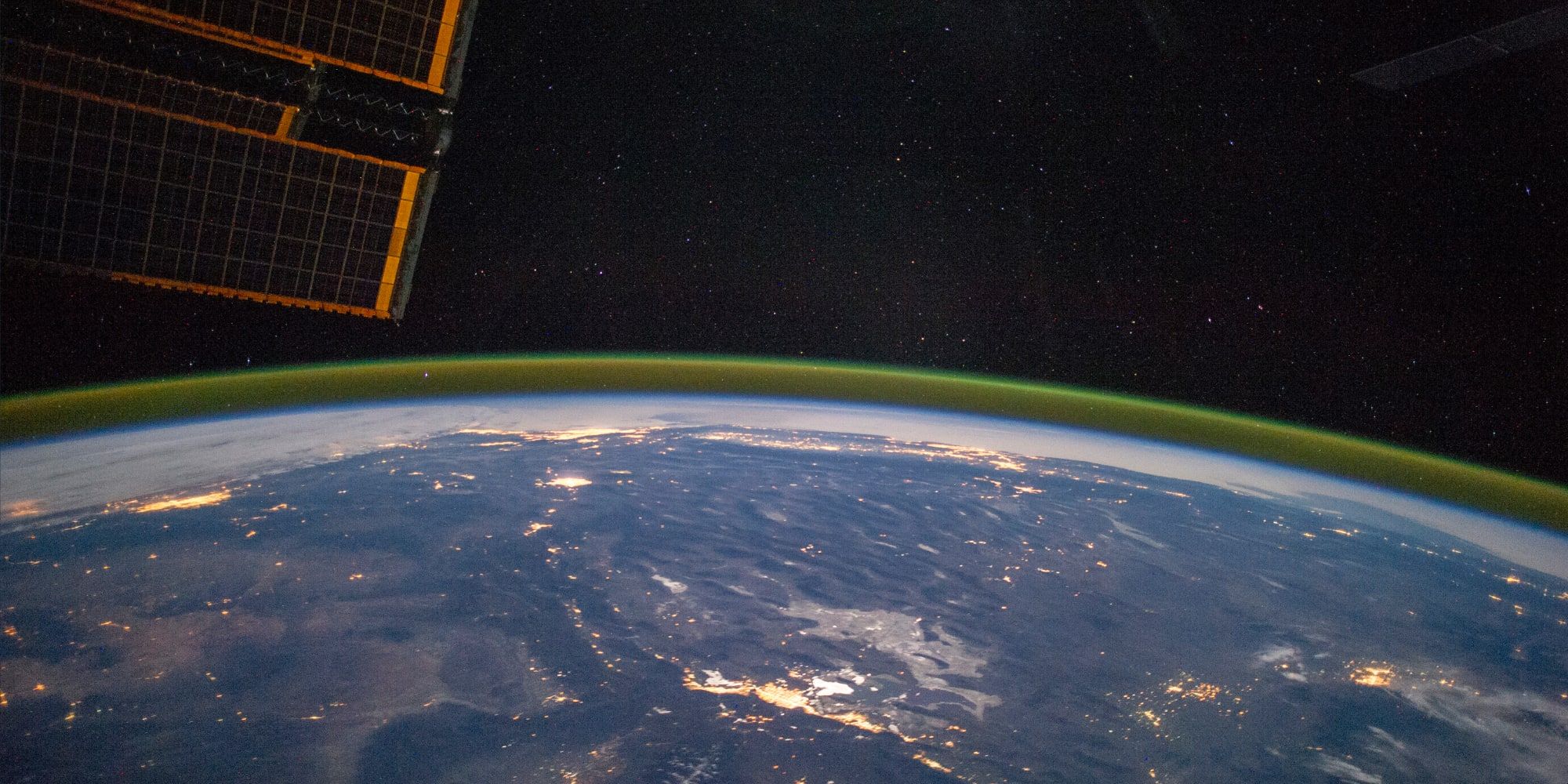A recent study by NASA's Jet Propulsion Laboratory (JPL) revealed that the dramatically reduced emissions as a result of the COVID-19 pandemic had unexpected effects and did not curb climate change. Greenhouse gases are associated with energy use and some of the greatest contributors are manufacturing and transportation, both of which fell as a result of efforts to control the viral outbreak that swept the globe. Atmospheric changes, surprisingly, did not reflect the lower carbon emissions.
NASA regularly monitors changes to the Earth's atmosphere using a variety of techniques and equipment. One of the most useful methods draws on satellite data which can provide a worldwide view of variation in air pollution, weather patterns, and temperatures. With advanced computer analysis of this vast amount of information, a better understanding might be attained, possibly identifying the effects of both natural and man-made processes and how to best reduce climate change.
Using satellite data from NASA and other space agencies, a study was conducted of recent atmospheric changes that may have resulted from reduced emissions that were a side effect of the COVID-19 pandemic. Little good has come from the spread of the virus, but there was hope that a break from manufacturing and transportation on such a massive worldwide scale might help with climate change. The study, however, revealed that despite low carbon dioxide emissions, the growth rate of this greenhouse gas continued at about the same rate. Methane has a greater impact on climate change than carbon dioxide and it also increased in the atmosphere faster than any time in the last decade.
Why Earth's Atmosphere Didn't Improve
NASA doesn't have a complete understanding of what happened and is researching the unexpected atmospheric results. The concentration of greenhouse gases was expected to fall, yet climbed with the arrival of the pandemic. A factor in this has to do with a sudden increase in activity as various parts of the world began producing and shipping products again, pushing harder than before to fill the sudden demand. This indicates that a temporary break in carbon-producing activities, only to ramp up afterward, will not solve the problem.
More specifically, NASA noted that the ocean doesn't absorb as much carbon if the carbon dioxide pressure is low at the ocean's surface. This meant that this natural process didn't contribute to reduction as much as it did when CO2 levels were higher. There is an ebb and flow with nature that is hard to model. Likewise, concentrations of nitrogen oxide, a gas that scrubs methane from the atmosphere, were lower. Since nitrogen oxide emissions dropped along with methane, the result was more methane in the atmosphere. The implications of NASA's statement about this study are not that reduced emissions caused more problems, but rather that there is a need to place greater effort on tackling climate change, since simply reducing carbon emissions for a few months is not enough to enjoy lasting change.
Source: NASA


